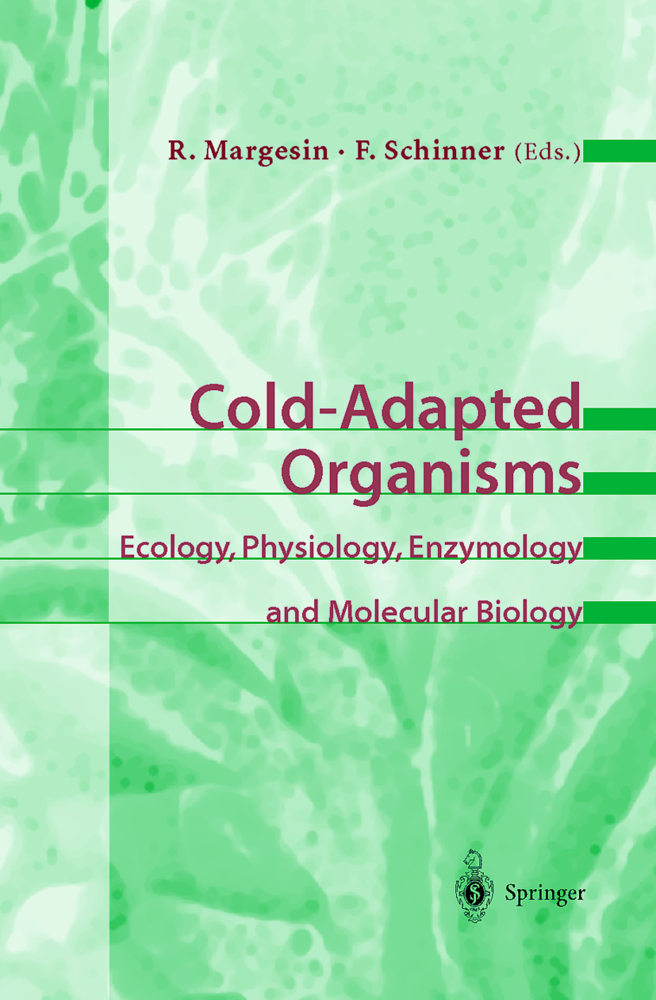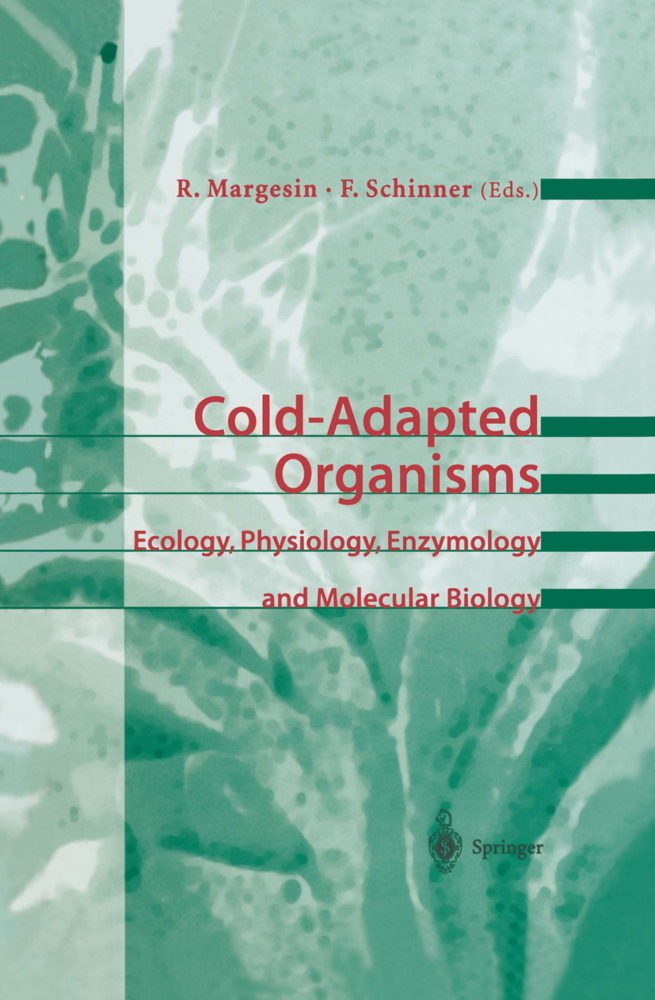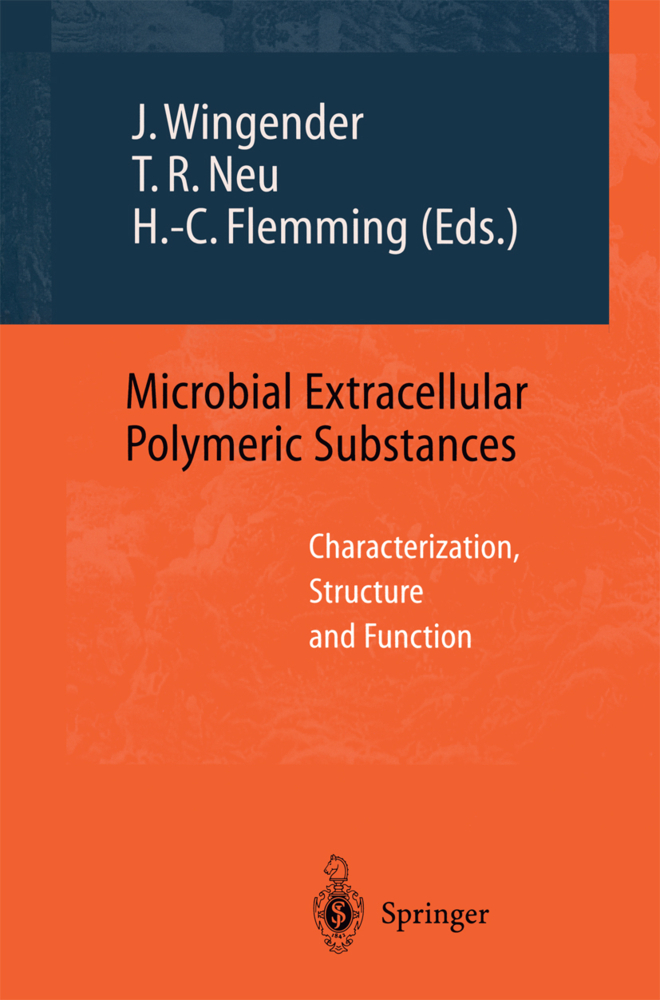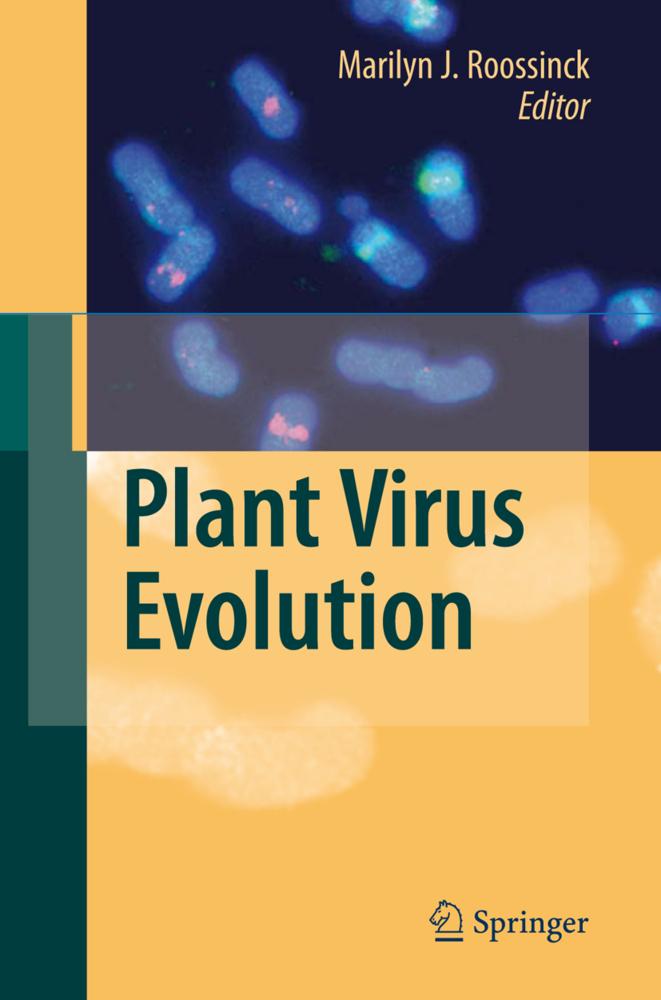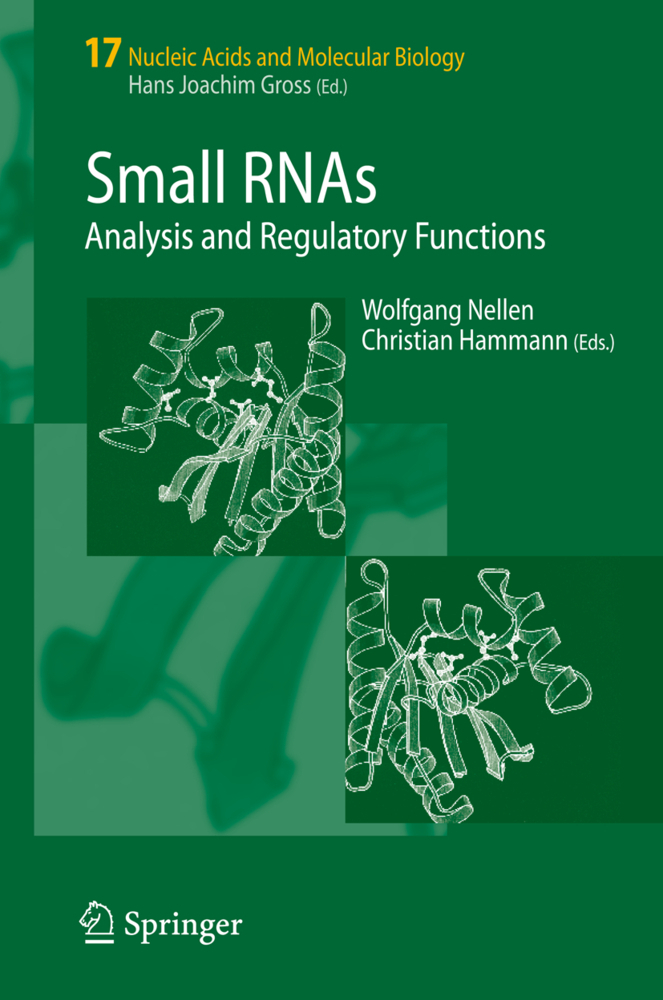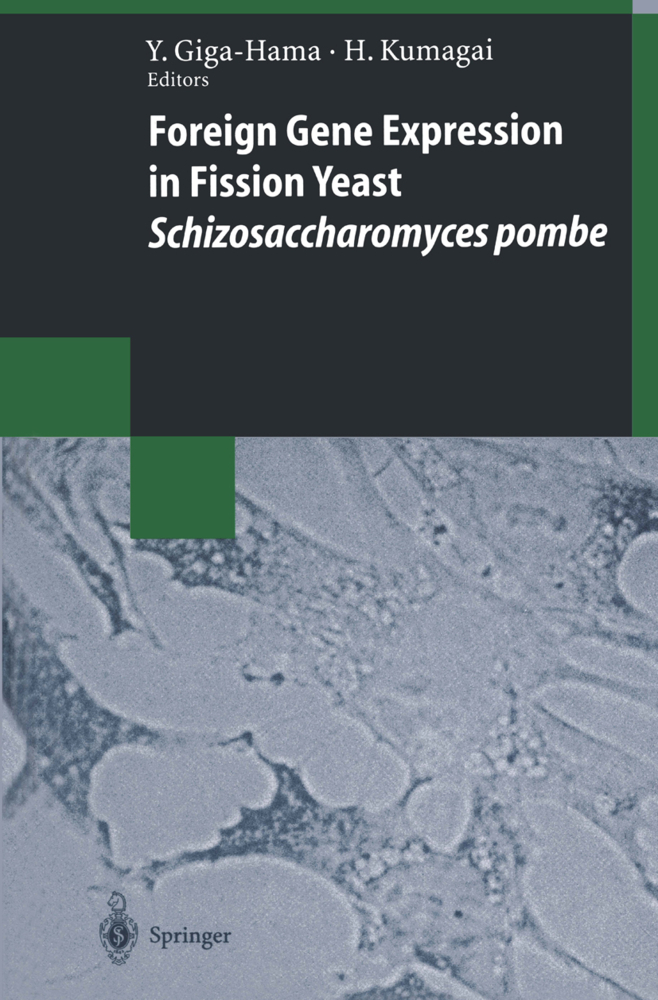Cold-Adapted Organisms
Ecology, Physiology, Enzymology and Molecular Biology
Cold-Adapted Organisms
Ecology, Physiology, Enzymology and Molecular Biology
Major parts of the oceans and lands of our planet are permanently, or temporarily, exposed to temperatures below 10 C. Microorganisms, plants and animals living under these conditions have adapted to their environments in such a way that metabolic processes, reproduction and survival strategies are optimal for their natural biotopes. This book presents the most recent knowledge of the ecology and the physiology of cold-adapted microorganisms, plants and animals, and explains the mechanisms of cold-adaptation on the enzymatic and molecular level, including results from the first crystal structures of enzymes of cold-adapted organisms.
Physiology of cold-adapted microorganisms
Ecological aspects of cold-adapted plants with a special emphasis on environmental control of cold hardening and dehardening
Plant responses to low temperature: signaling pathways involved in plant acclimation
Ice nucleation and deep supercooling in plants: new insights using infrared thermography
Modeling sequential responses of plant cells to freezing and thawing
Cold adaptations in terrestrial invertebrates
Nival invertebrate animals in the East Alps: a faunistic overview
High alpine streams: cold habitats for insect larvae
Ecophysiological and morphological features of glacier-dwelling Collembola
Ecological features of antarctic fishes
Structure and function of hemoglobins from antarctic organisms: the search for correlations with adaptive evolution
Cold enzymes: a hot topic
Psychrophilic enzymes: insights into cold adaptation and catalysis from the first high resolution crystal structures
Temperature adaptation in enzymes of antarctic fishes
Aspartate aminotransferase from Moraxella TAC125: an unusual psychrophilic enzyme
Genes and enzymes involved in arginine and pyrimidine biosynthesis in psychrophilic Vibrio strains from the deep sea
Plasmids from antarctic bacteria
Molecular responses in cold-adapted plants
Gene expression and cold hardiness in animals.
Microbial life in permanently cold soils
Lake ice microbial communities in alpine and antarctic lakesPhysiology of cold-adapted microorganisms
Ecological aspects of cold-adapted plants with a special emphasis on environmental control of cold hardening and dehardening
Plant responses to low temperature: signaling pathways involved in plant acclimation
Ice nucleation and deep supercooling in plants: new insights using infrared thermography
Modeling sequential responses of plant cells to freezing and thawing
Cold adaptations in terrestrial invertebrates
Nival invertebrate animals in the East Alps: a faunistic overview
High alpine streams: cold habitats for insect larvae
Ecophysiological and morphological features of glacier-dwelling Collembola
Ecological features of antarctic fishes
Structure and function of hemoglobins from antarctic organisms: the search for correlations with adaptive evolution
Cold enzymes: a hot topic
Psychrophilic enzymes: insights into cold adaptation and catalysis from the first high resolution crystal structures
Temperature adaptation in enzymes of antarctic fishes
Aspartate aminotransferase from Moraxella TAC125: an unusual psychrophilic enzyme
Genes and enzymes involved in arginine and pyrimidine biosynthesis in psychrophilic Vibrio strains from the deep sea
Plasmids from antarctic bacteria
Molecular responses in cold-adapted plants
Gene expression and cold hardiness in animals.
| ISBN | 978-3-540-64973-1 |
|---|---|
| Medientyp | Buch |
| Copyrightjahr | 1999 |
| Verlag | Springer, Berlin |
| Umfang | VIII, 416 Seiten |
| Sprache | Englisch |

